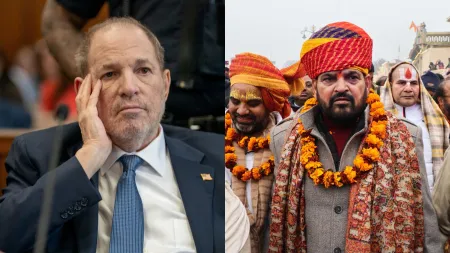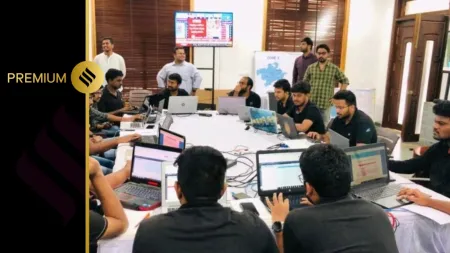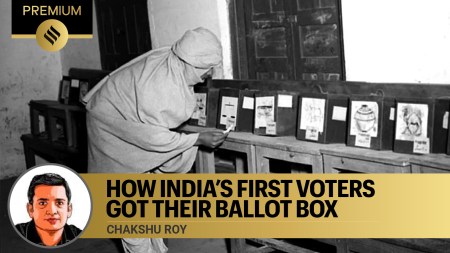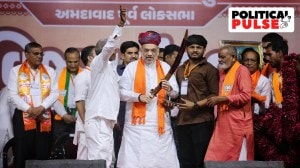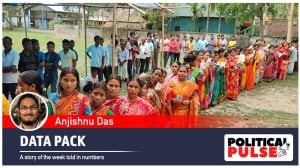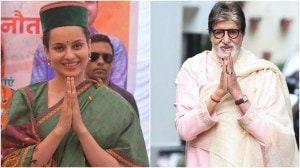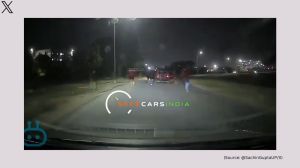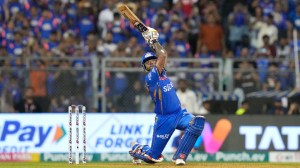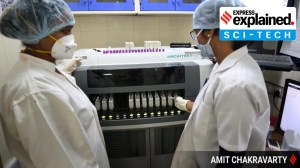- India
- International
Margins of New India
Adivasis in Madhya Pradesh and Chhattisgarh are doing poorly, economically and educationally.
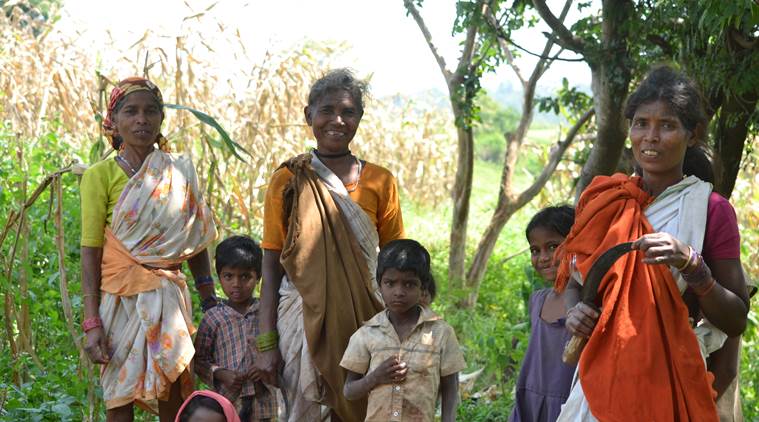 The appalling socio-economic condition of the Adivasis is a reflection of their lack of education. (Express Photo: Sajin Saju)
The appalling socio-economic condition of the Adivasis is a reflection of their lack of education. (Express Photo: Sajin Saju)
Chhattisgarh and Madhya Pradesh are among the four Indian states — other than those in the Northeast — with more than 20 per cent Adivasi population. Chhattisgarh, in fact, has an Adivasi population of more than 30 per cent. However, the Scheduled Tribes (STs) have hardly found a mention in the election campaigns in the two states. Along with the Muslims, the Adivasis seem to be the main losers in “New India”.
In both states — where the BJP has held office for a long time — the Adivasis lag behind other social groups and are losing ground, economically and educationally. According to the India Human Development Survey, in 2011-12, the annual per capita income of the STs in Chhattisgarh represented 51 per cent of the per capita income of the non-STs, a significant climbdown from 2004-2005, when this proportion was 68 per cent. In Madhya Pradesh, this proportion has fallen from 65 to 55 per cent. The Adivasis are worse-off in only one other state, Gujarat — also BJP-ruled. In Gujarat, STs’ annual per capita income represents only 35 per cent of the annual per capita income of the others. In all three states, STs are poorer than SCs — in Gujarat, their per capita income is 45 per cent of that of SCs, in Chhattisgarh, 58 per cent, and in MP, it’s the highest among the three states, at 75 per cent.
The appalling socio-economic condition of the Adivasis is a reflection of their lack of education. Only 1.7 per cent of STs in the two states are graduates. The data suggests that quotas are not being filled in the university system as well as in the public sector. The economic situation of the Adivasis is, in fact, closely related to their under-representation among salaried people. In Chhattisgarh, only 6.2 per cent of Adivasis are salaried. In MP, only 3.5 per cent were salaried in 2011-12, compared to 4.9 per cent in 2004-05. In Chhattisgarh, 34 per cent of Adivasis are “labourers”, which means that they till the land of others. In MP, 46 per cent of them are “labourers”.
The fortunes of the STs in Chhattisgarh and MP — as well as in Gujarat — stands in stark contrast to their condition in South India. This is not because these states are richer, but because they are more egalitarian. In Karnataka, in 2011-12, the annual per capita income of STs represents 80 per cent of the annual per capita income of the other groups, up from 62 per cent in 2004-05. In undivided Andhra Pradesh, it has jumped from 76 per cent to 86 per cent in the same period. In both states, the annual per capita income of STs is either equivalent to (Andhra) or more (Karnataka) than that of SCs, and even of Muslims. This has something to do with education — the percentage of graduates among the Adivasis is 2.6 per cent in Andhra and 3.4 per cent in Karnataka (a proportion equal to that of SCs and superior to that of Muslims).
Their poor socio-economic condition notwithstanding, Adivasis voted for the BJP in the last three elections to the MP assembly. The party cornered 90 per cent of the Adivasi seats in 2003, 60 per cent in 2008 and 66 per cent of the seats in 2013. But the BJP gave three ministerial posts to Adivasis in 2003, two in 2008 and in 2013, three Adivasis held ministerial positions in MP: A group which constitutes more than 20 per cent of the state’s population has only a 12.5 per cent representation in the ministry.

Chhattisgarh is no different. The STs were offered only two ministerial positions in 2013, they held five positions in 2008 and eight in 2003. This could signal the growing distance between the BJP and Adivasis in the state. In the first election after the formation of the state, in 2003, 25 out of 34 ST seats were cornered by the BJP. This figure fell to 20 of 32 in 2008 and further to 11 out of 31 in 2013 — the Congress got 20 that year. This year, the BJP could benefit if the Mayawati-Ajit Jogi combine cuts into the Congress’s Adivasi vote.
In both states, the Forest Rights Act (FRA), that provides legal rights to Adivasis over their forestlands, has not been fully implemented. More than 40 per cent of them operate “marginal holdings” and their holdings are shrinking, according to the Agriculture Census. MP hasthe largest forest cover in the country, but Adivasis here have found it very difficult to obtain land titles. More than 60 per cent of the forest rights’ claims in the state have been dismissed. Wthe FRA allows for a maximum claim of four hectares (ha), the average size of the land distributed under the act in the state is about 1.45 ha. Chhattisgarh, Adivasis have filed 8,56,150 claims over land since 2006, of which 4, 57,969 (53 per cent) have been rejected. The average land distributed is a mere 0.85 hectare, while the Adivasis are entitled to 4 ha. In a contravention of the spirit of the FRA, Section 165 of the Chhattisgarh Land Code Act has been amended to facilitate the acquisition of tribal land by the government.
According to the Statistical Profile of STs in India (2013), 15 per cent of the Adivasis in the country live in MP. But more than 20 per of the crimes against STs are committed in the state, according to the Crime Bureau — including 40 per cent of the murders. In terms of literacy rate, the gap between the Adivasis and non-Adivasis is about 19 percentage points in MP — at the all-India level, this gap is about 14 per cent.
Why does the BJP get re-elected in Adivasis strongholds in MP despite the decline of the community during the party’s tenure in office? First, because STs are not in a majority in most of the reserved seats. Second, as Tariq Thachil points out in Elite parties, poor voters,the Sangh Parivar’s social work — free healthcare services, for instance — does have some impact. Third, the strategy of polarisation and Hinduisation works among STs. Fourth, the Adivasis are not a block: Like the SCs, they are divided into hundreds of subgroups, whose leaders can be co-opted. The current elections will show whether these factors still operate.
40 Years Ago
EXPRESS OPINION
More Explained
May 07: Latest News
- 01
- 02
- 03
- 04
- 05





